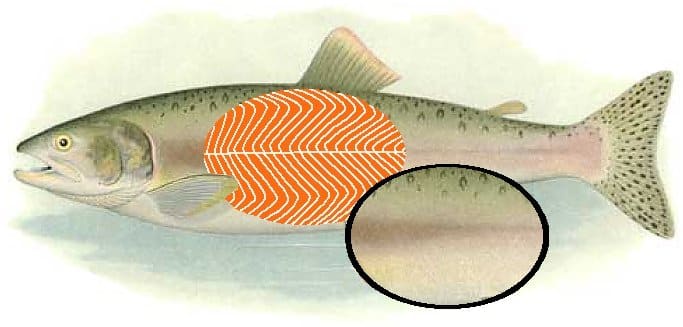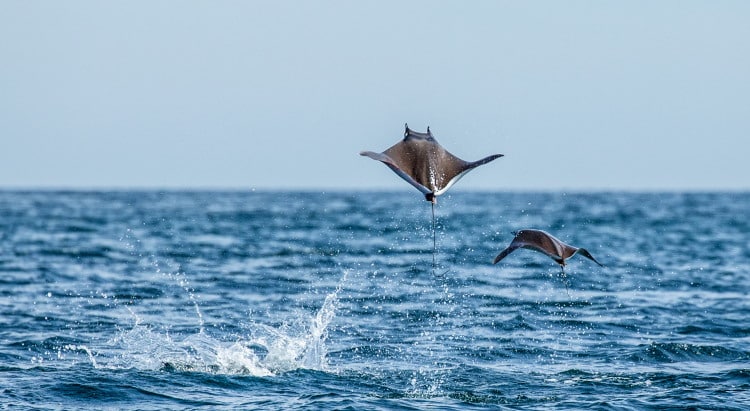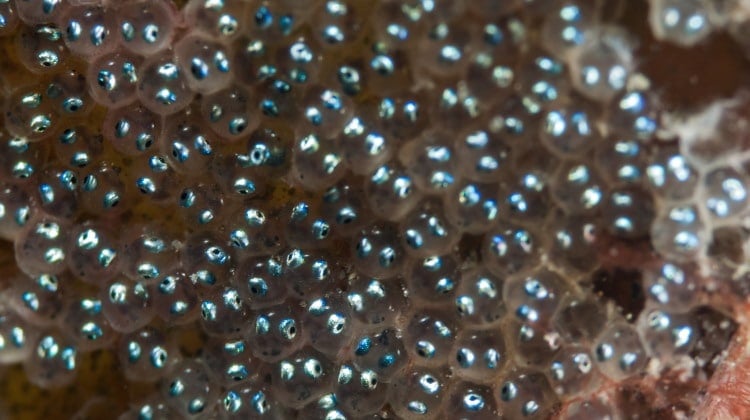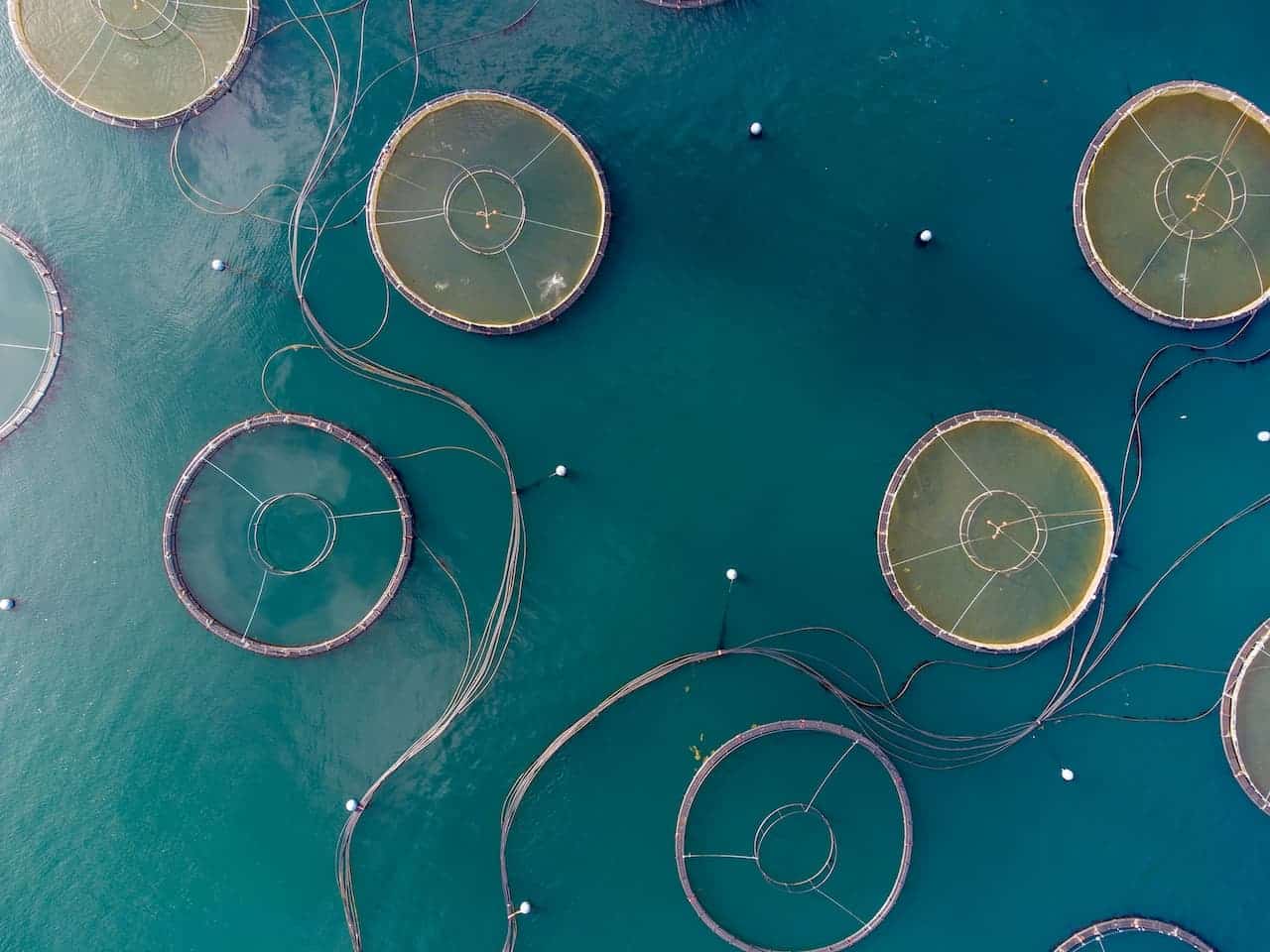Catadromous fish are a unique group of species that migrate between freshwater and saltwater habitats to complete their life cycles. The term “catadromous” comes from Greek, meaning “running downward,” referring to these fish species that live in freshwater but go down to the sea to spawn.
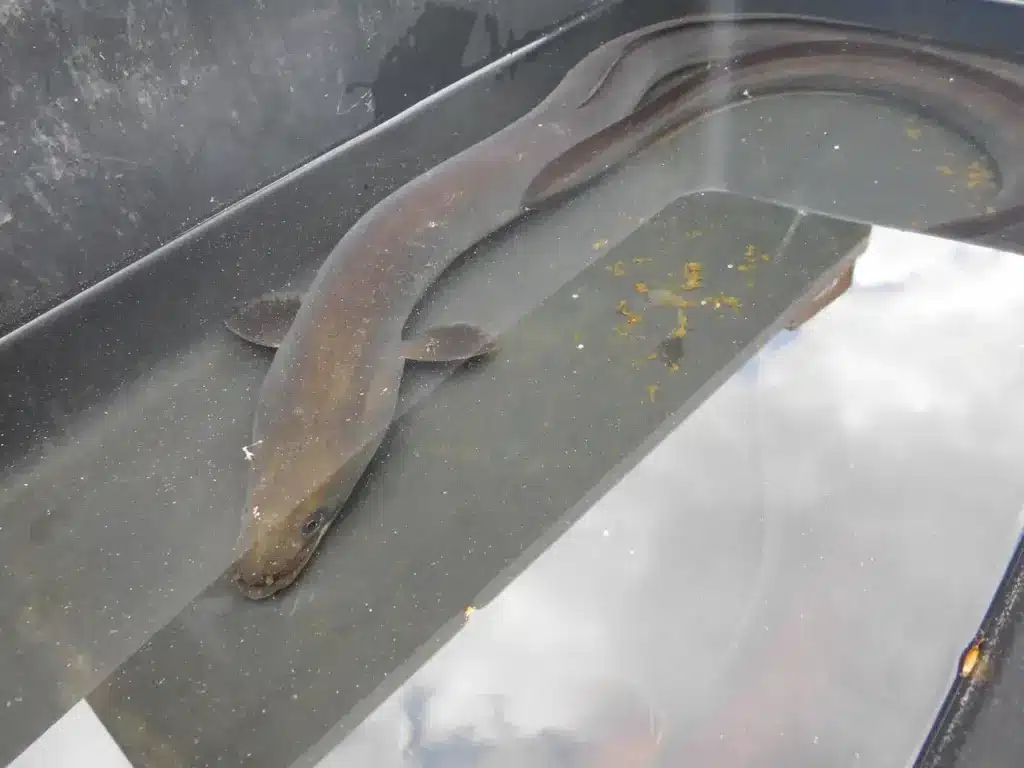
Catadromous fish exhibit fascinating adaptations that allow them to transition between these drastically different environments. Their migratory behaviors connect inland and marine ecosystems in important ways. However, many catadromous fish remain mysterious and face conservation threats, highlighting the need to better understand these intriguing fish.
Catadromous Fish Life Cycle
Catadromous fish exhibit an unusual migratory life cycle that connects inland freshwaters with coastal marine habitats. The migratory life cycle of catadromous fish is intricately connected to their spawning habits and reflects an adaptation likely favoring juvenile survival.
The eggs are laid in saltwater habitats such as coastal waters or the open ocean. After hatching, the larvae drift back inland into freshwater streams, rivers, and lakes, where they mature into juveniles and then adults, often residing for many years.
Upon reaching sexual maturity after several years exclusively in freshwater, the adults will migrate back downstream to marine areas to breed and spawn.
After spawning, the adults either die or manage to return upstream, depending on the species. This specialized life cycle keeps the vulnerable juveniles protected in freshwater nurseries until they are mature enough to transition to the marine environment as large adults.
Taxonomic Diversity of Catadromous Fish
While relatively rare overall in the fish world, catadromous has evolved independently across diverse taxonomic groups:
Anguillidae Family
The iconic eels, such as American and European eels, pioneer catadromous migrations, traveling vast distances between inland waters and oceanic spawning grounds. Over 15 Anguillid eels perform catadromous migrations.
Eels of the Anguillidae family, like the American eel and European eel, were the first fish recognized to have a catadromous life cycle. Anguillid eels are pioneers in adapting to migrate between habitats.
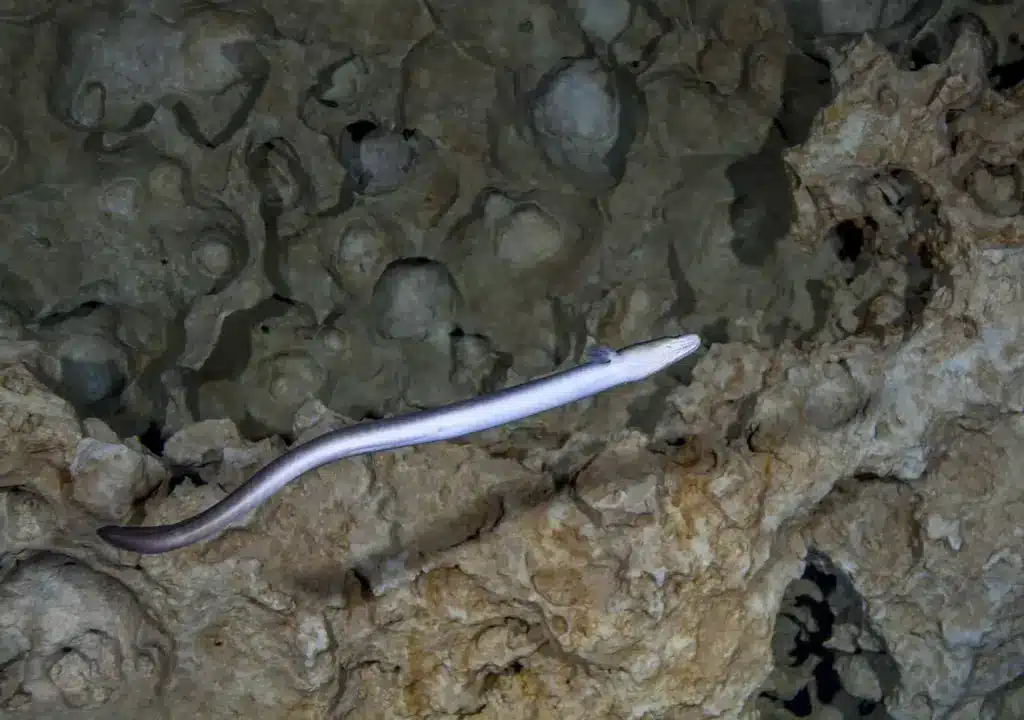
Mugilidae Family
Mullets worldwide generally demonstrate catadromous movement patterns, spawning in coastal marine waters and then migrating into freshwater habitats to grow. The striped mullet is a prime North American example.
Clupeidae Family
Tarpons of the Atlantic and Eastern Pacific, also known as silver kings, are renowned catadromous fish that spawn offshore and then develop in coastal freshwaters and estuaries.
Plotosidae Family
The eel tail catfish found in tropical Indo-Pacific waters migrate downstream annually to breed in brackish and marine environments after spending their lives in rivers and lakes.
Gobiidae Family
Several stream goby species inhabiting freshwaters across Europe, Asia, and the Pacific islands are catadromous, migrating downstream to spawn in estuaries and coastal areas.
Unique Adaptations
Catadromous fish possess specialized adaptations that enable their migratory life cycle between contrasting saline environments:
Osmoregulation
To survive the transition from fresh to saltwater, catadromous fish osmoregulatory systems must effectively regulate water and ion levels through the gill, kidney, and cellular changes. As larvae, they rapidly absorb water and shed salts, while adults do the opposite.
Physiological Changes
Migrating adult catadromous fish undergo dramatic transformations, ceasing feeding, relying on fat reserves, developing enlarged eyes and olfactory systems, and undergoing color changes to aid migration.
Sensory Systems
Keen senses are required for catadromous fish to locate spawning grounds and navigate back upstream. Advanced olfactory capabilities and sensitivity to salinity gradients help guide migrating catadromous fish.
Body Shape
Most catadromous fish share an elongate, flexible, anguilliform body profile that provides advantages for efficiently swimming long distances as part of their migrations.
Timing
Migrations are synchronized around maturation schedules. Spawning times are precisely adapted around seasonal conditions favorable for egg/larvae survival. Elvers instinctively time upstream movements around stream flow changes.
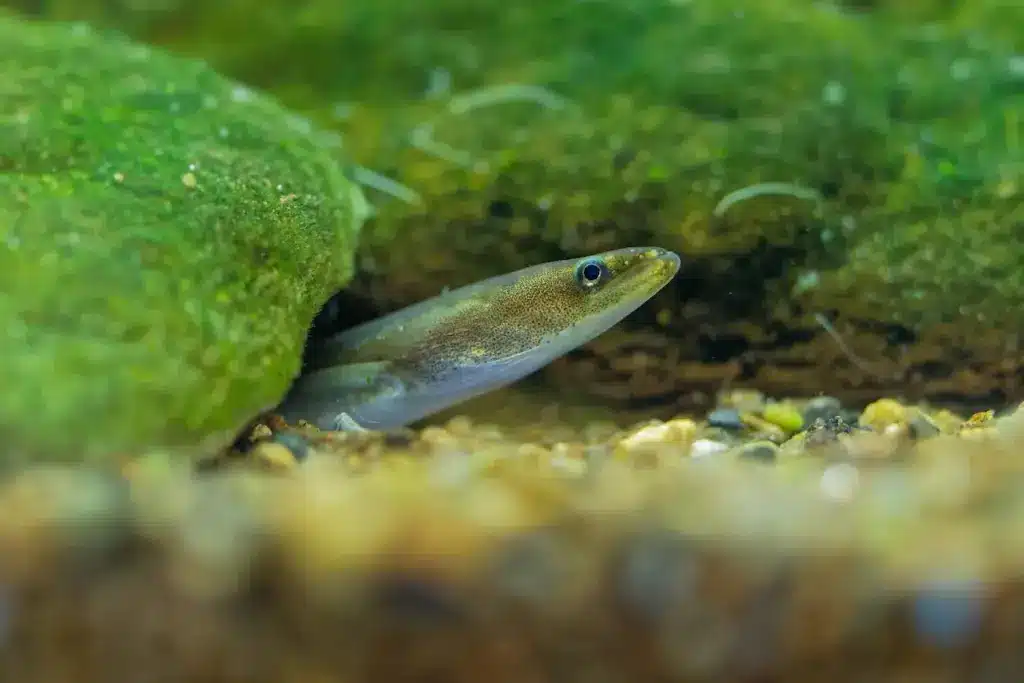
Global Distribution of Catadromous Fish
Tropical Waters: Rich Biodiversity and Catadromous Habitats
The highest diversity of catadromous fish occurs in tropical waters around the equator, where rich marine and freshwater ecosystems intersect.
Temperate Regions: Unique Challenges and Adaptations
Catadromous fish in temperate areas face colder waters and seasonal shifts, requiring specialized adaptations and migration timing.
Freshwater and Marine Environments: The Dual Life of Catadromous Species
Habitat use in both fresh and saltwater realms is key to the success of catadromous fishes. Their life cycles depend on both areas.
Examples of Iconic Catadromous Fish
American Eel
- Migrate from rivers across eastern North America to spawning grounds in the Sargasso Sea
- Face overfishing and impaired migration routes; conservation concerns
- Important species for indigenous cultures and recreational fisheries
European Eel
- Migrate across Europe into the Sargasso to breed; classified as critically endangered
- Once abundant but now rare from overexploitation and habitat loss
- Complex life history with spawning still not observed by scientists
Tarpons
- Also known as “silver kings,”; popular sport fish growing over 2 meters long
- Spawn in Atlantic coastal waters; juveniles enter Gulf of Mexico estuaries
- Unique hardened scales aid tarpon survival in brackish and freshwaters
- Important as food and cultural icons, especially in Caribbean communities
Barramundi
- Also, exhibit catadromous migratory patterns in tropical Indo-Pacific regions
- Spawn in estuaries and coastal habitats; juveniles enter freshwater rivers and lakes
- Support vital commercial and recreational fisheries across their range
- Raised through aquaculture to supply food markets around the world
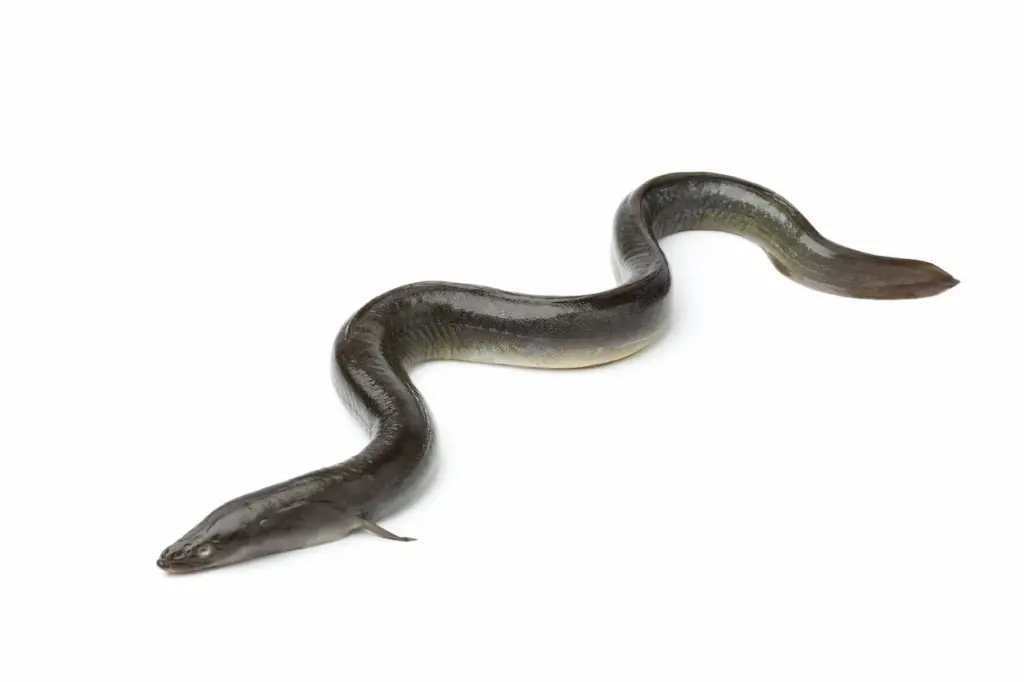
Ecological Significance
Catadromous fish play important ecological roles in both freshwater and marine food webs through their migrations. As juveniles, they are major prey for birds, snakes, and predatory fish in inland waters. When migrating downstream, they transport marine-derived nutrients to freshwater systems.
As adults, they are key prey for coastal marine predators. Their spawning migrations connect disparate ecosystems. Declines in catadromous fish impact both realms by disrupting food webs and nutrient transport.
Catadromous fish play a vital ecological role through their predator-prey dynamics, as they act as both predator and prey in aquatic food webs, significantly impacting and connecting the food webs of marine and freshwater environments.
Their migrations also enable nutrient cycling between ecosystems, as they transport nutrients from freshwater to marine environments and vice versa, enriching the waters in both habitats.
Catadromous fish have long interacted with human cultures, as their remarkable migrations have inspired mythological tales and cuisine among societies that observe these fish. They also hold economic importance by supporting valuable commercial fisheries and aquaculture worldwide, such as major eel fisheries that provide income and food.
However, catadromous fish now face substantial conservation challenges due to threats like overexploitation from fisheries, construction of dams and barriers along migration routes, and degradation of critical freshwater and marine habitats needed for spawning and development.
Protecting catadromous fish requires sustainable fishing practices, restoring connectivity in migration corridors, and conserving key habitats to sustain these unique migratory fish and their many roles.
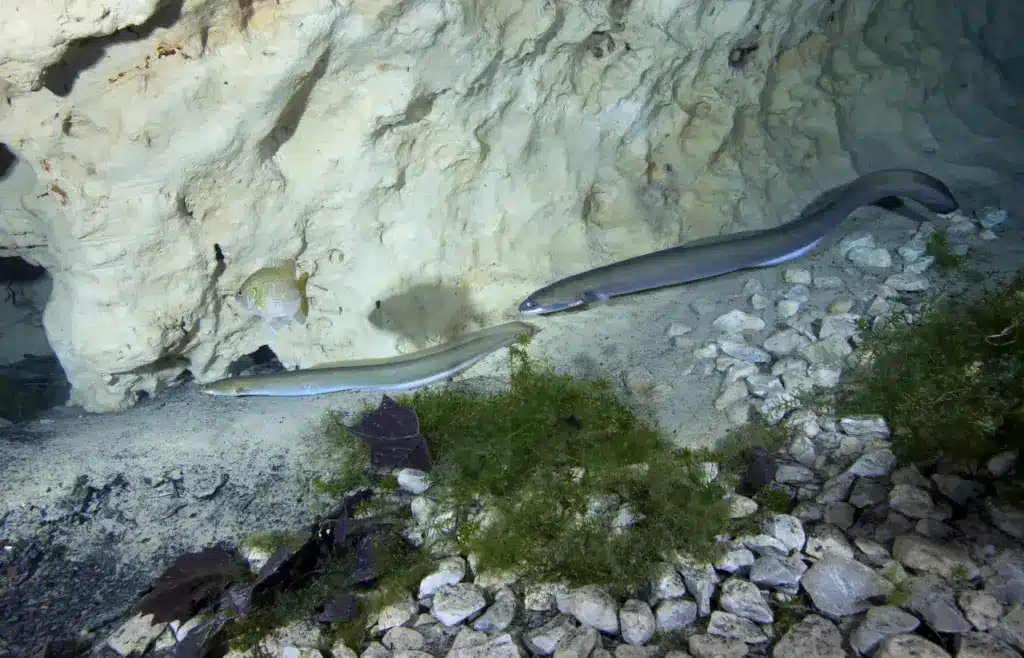
Conservation Efforts
Conservation efforts for these unique fish include establishing protected areas and sanctuaries along their migration routes and in critical spawning habitats. Additional efforts involve habitat restoration projects such as removing barriers, building fish ladders, and rejuvenating degraded spawning sites to facilitate access to historic spawning grounds.
Education and outreach programs are also important for fostering understanding and support among the public for protecting the valuable resources that catadromous fish provide.
Conclusion
Catadromous fishes provide diverse examples of the wondrous adaptations species have evolved to take advantage of both freshwater and marine realms. Their migrations link ecosystems, underscoring the fluid nature of habitat boundaries.
Conserving catadromous fish highlights the importance of integrated, cooperative management across jurisdictions to preserve interconnected species. Only through such holistic stewardship can we ensure the persistence of catadromous fishes into the future.

